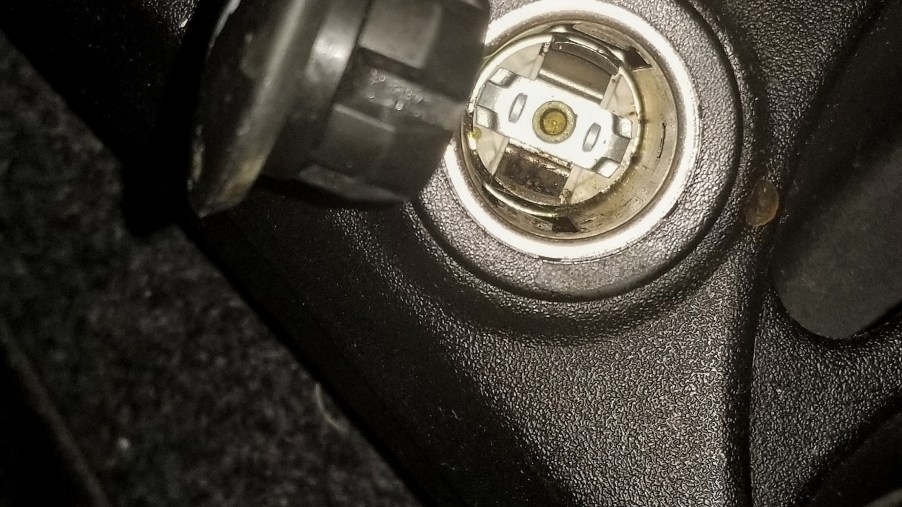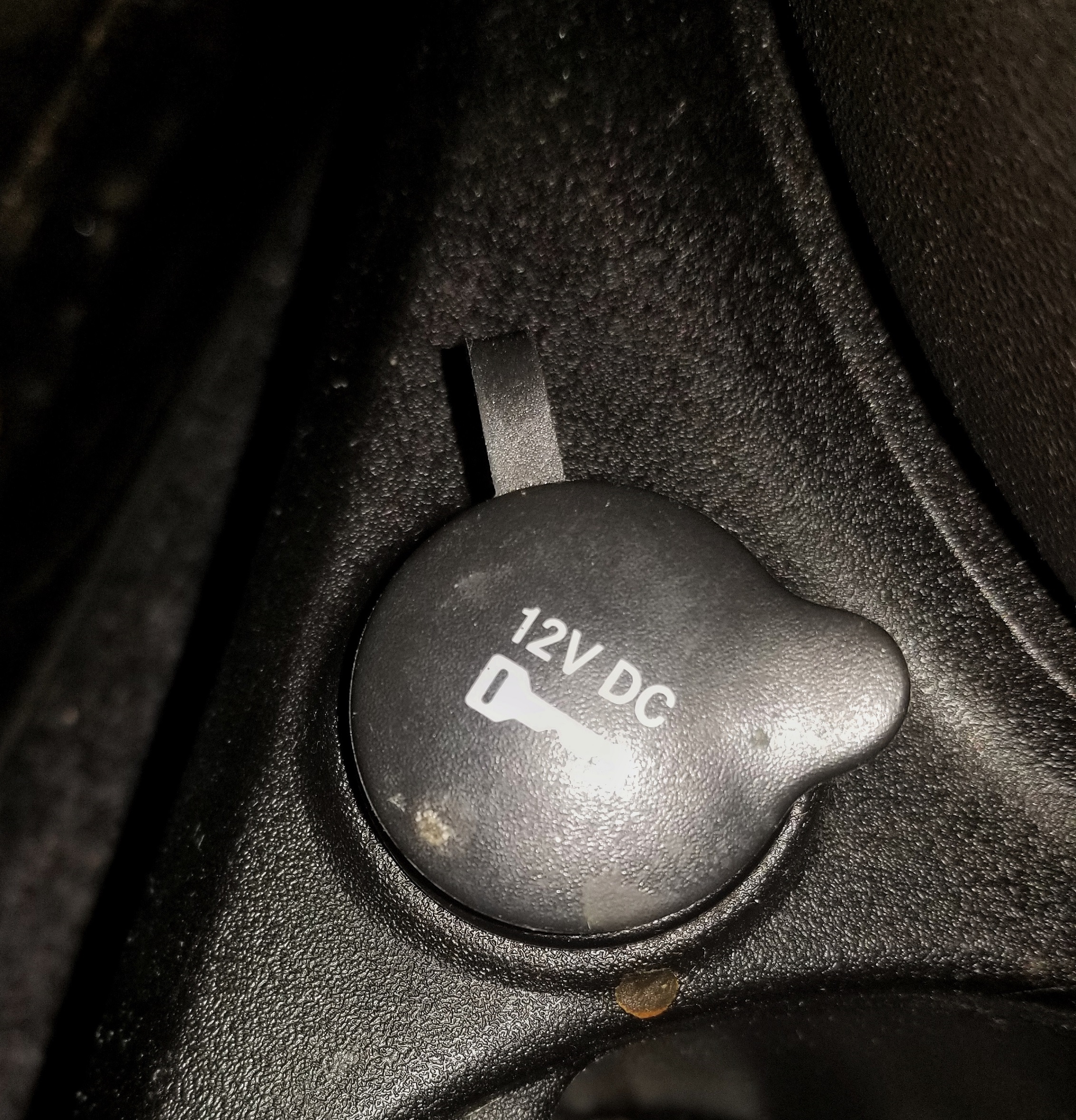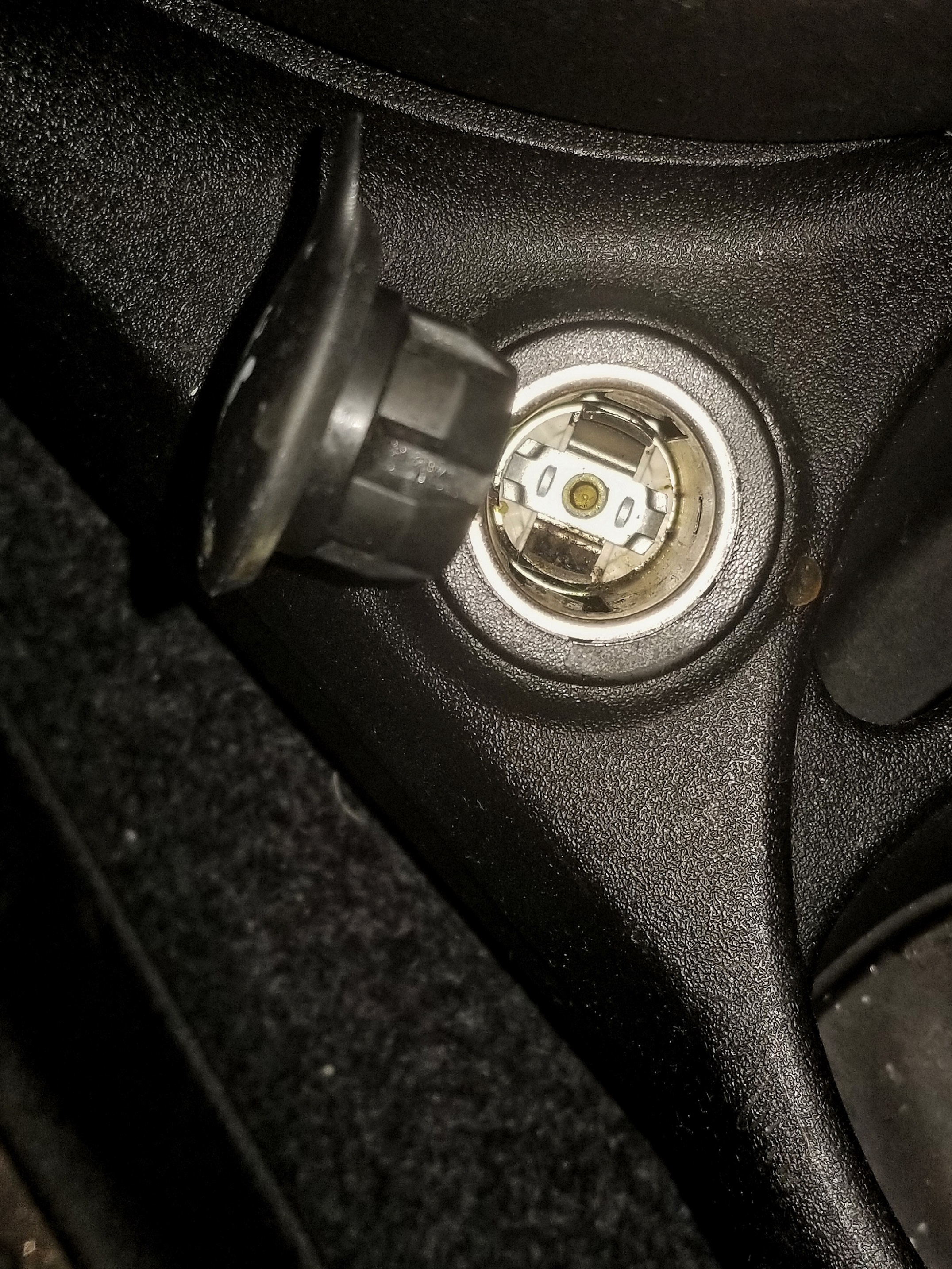
Car Power Outlet Can’t Charge Anything? Here’s How to Replace It
Replacing a 12-volt car power outlet/cigarette lighter socket guide highlights:
- Even if it doesn’t house a cigarette lighter, your car’s power outlet still works via a socket connected to the 12-volt battery
- The car power outlet usually breaks because one or both of its fuses blow from excessive current draw
- You can easily replace the main fuse or the entire socket yourself with a few simple tools
Whether you use it to charge your phone or run a dashcam, your car’s power outlet is a useful accessory. So, it’s incredibly frustrating when it stops working. However, you don’t necessarily have to go to a mechanic to get it fixed. With just a few hand tools, you can replace a broken 12-volt power outlet in your own garage or driveway. And don’t worry, there’s no complicated electrical wiring work involved.
It’s not a cigarette lighter anymore, but your car’s 12-volt power outlet works the same way


When I was growing up, cigarette lighters were common sights in many cars. But while the lighters themselves are gone, the technology that made them work is still there. Even as USB slots, AC outlets, and wireless charging pads proliferate, cars still have at least one humble 12-volt power outlet, aka an accessory outlet. And though they don’t light up cigarettes anymore, the outlets themselves haven’t changed.
Underneath its cover, the 12-volt car power outlet is really just a cylindrical metal socket with some wiring. That wiring leads to your car’s 12-volt battery, hence why it’s a 12-volt socket. One wire connects the socket walls to the battery’s negative terminal while another hooks the socket’s center point to the positive terminal. When you put the correctly-shaped plug or adapter into the socket, it contacts the walls and center point. And voila, you have power.
Because 12-volt car batteries run on and supply direct current (DC), that’s also what the power outlets deliver. For some devices, such as radar detectors, portable GPS units, and Bluetooth/satellite radio transmitters, that’s fine. But others, such as a smartphone or MP3 player, need alternating current (AC). Hence why those USB adapters you can plug into these sockets have built-in DC-AC converters. And if you need to power something bigger, like a laptop, you need a power inverter.
Why do these outlets break?
Although your car’s battery feeds the 12-volt power outlet, they’re not connected directly. Like every other electrical accessory in your car, there are some fuses between the two. If you pull too much current through the circuit, one or more of these fuses will blow. And when that happens, your outlet is out of commission.
There are two fuses you need to worry about in this case. The first is the average metal-pronged car fuse, often a 15-amp one. You’ll typically find it either in the under-hood fuse box or the in-dash fuse panel. However, its location varies from car to car, so check your owner’s manual. Some cars might label it ‘cig lighter’, though, 1AAuto notes. Regardless, replace it with an identically-rated one if it’s blown.
As for the other car power outlet fuse, it’s a little different. It’s a fusible link, aka a thermal fuse, and it’s at the back of the socket. If you see a metal wire that’s thinner than the other ones, that’s it. Like ‘conventional’ fuses, it breaks if too much current passes through, though it can handle variable current draws better than other fuses. And because the accessory socket regularly sees variable current, automakers put fusible links there.
Because the fusible link is basically just a wire, it’s technically replaceable. However, in many cars, it’s soldered into the socket. So, if it blows, it’s usually easier to simply replace the entire socket.
How do you replace a car power outlet?
Before you start tackling replacing a suspected bad car power outlet, double-check your adapter/plug. Sometimes the sides of the adapter/plug don’t securely touch the socket walls, which makes it look like there’s no power. Also, make sure there’s nothing inside the socket, like a coin or random piece of trash.
In addition, as noted earlier, check your car’s main cigarette lighter/power outlet fuse. Although replacing the socket isn’t difficult, it involves removing interior trim. So, before disassembling part of your interior, check the easy stuff first. Assuming you’ve done that, and it hasn’t worked, you’ll need some screwdrivers, needle-nose pliers, and a replacement socket.
First, remove the dash/center console panel that houses the power outlet. This usually just involves unhooking some plastic tabs, but you might have to remove some other panels first. Once you’ve done that, disconnect the wiring harness from the back of the socket and inspect it. If it’s damaged, it’s mechanic time. Next, using the screwdrivers and pliers, remove the original socket and install the new one. Then, re-connect the wiring and put everything back together.
Replacing a car power outlet can be a bit time-consuming. But you can do it yourself to save some cash and your power supply.
Follow more updates from MotorBiscuit on our Facebook page.


